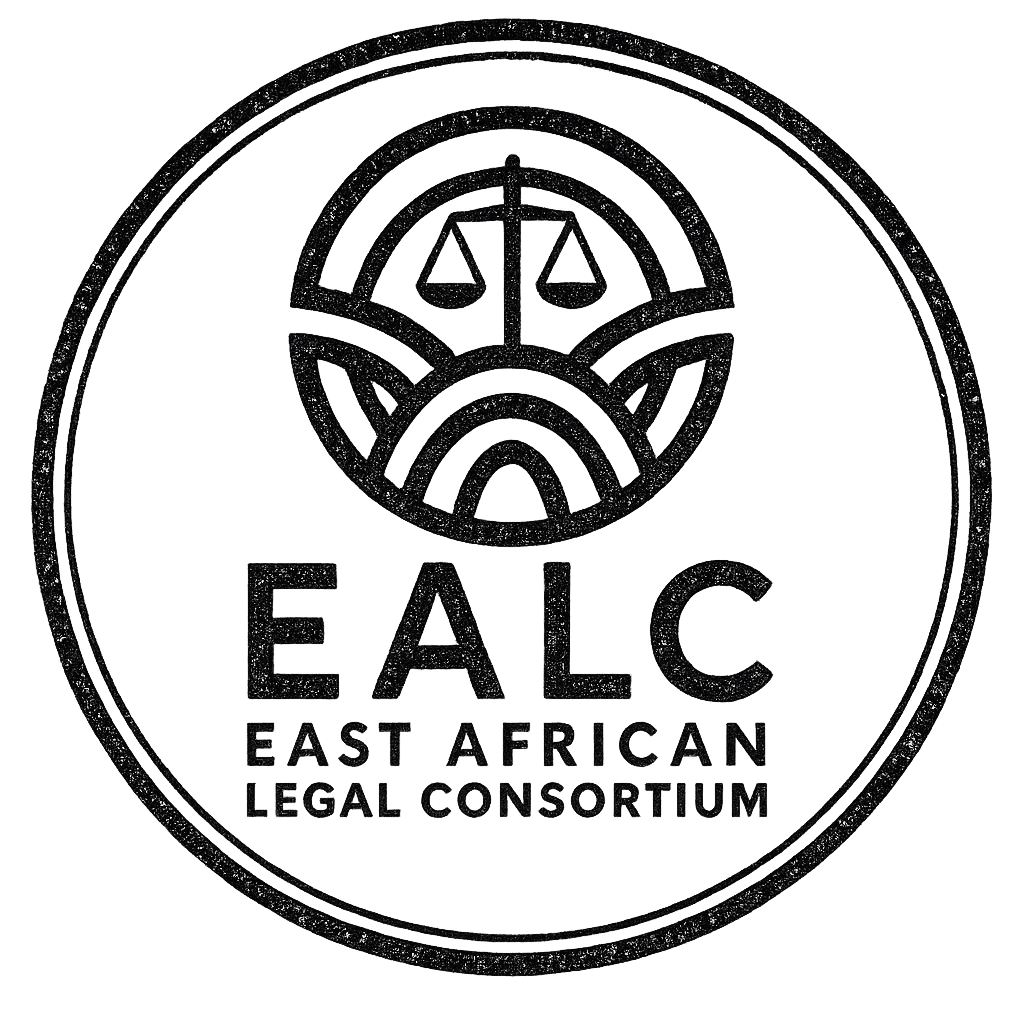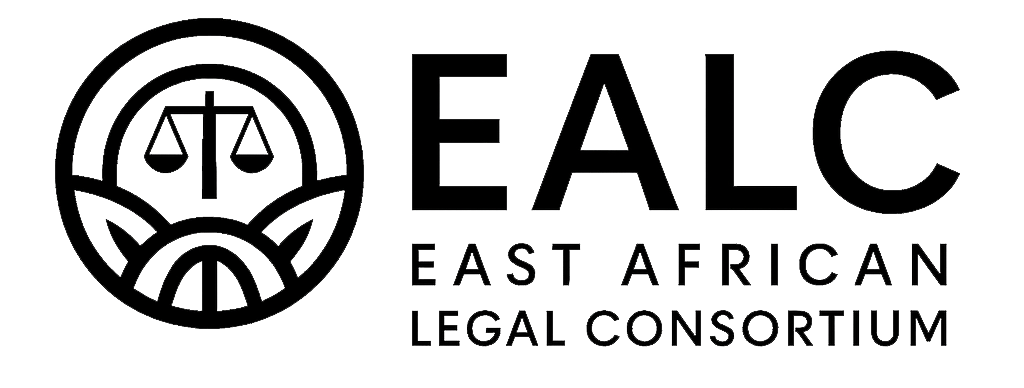International Arbitration

brochure
Download our document to see specific data of the service and how we work.
why choose us
Years Of Experience
Many Prestigious Awards
Experienced Attorney
Free Consulting
Let's win together
Please feel free to contact us. We will get back to you with 1-2 business days. Or just call us now.

Navigating international arbitration in Kenya: A comprehensive guide to global dispute resolution
Introduction and Purpose
International arbitration serves as a critical mechanism for resolving cross-border disputes, offering advantages such as neutrality, confidentiality, and enforceability under the 1958 New York Convention, ratified by over 140 states, including Kenya since 10 February 1989. In Kenya, this practice is embedded within a legal and institutional framework that aligns with global standards, making it an attractive option for parties in international transactions. This survey note provides a comprehensive overview of the landscape of international arbitration in Kenya, linking it to international practices, and is crafted to be usable as a general guide, similar to those found on legal websites like the East African Law Chambers (EALC).
The analysis is based on recent research and legal developments as of June 2025, reflecting Kenya’s growing role in global arbitration. It covers the legal framework, key institutions, types of disputes, arbitration process, enforcement mechanisms, and current trends, ensuring a thorough understanding for legal professionals, businesses, and stakeholders.
Legal Framework
Kenya’s legal framework for arbitration is robust and internationally aligned, supporting both domestic and international arbitration:
- Arbitration Act 1995: This is the principal legislation governing arbitration in Kenya, enacted to repeal and replace the Arbitration Act of 1968. It is modeled on the 1985 UNCITRAL Model Law on International Commercial Arbitration, with amendments adopted in 2006 to reflect developments in arbitration practice. The Act, as amended in 2010, ensures that Kenya’s arbitration regime is modern and harmonized with global standards. Key provisions include:
- Kompetenz-Kompetenz (Section 17): The tribunal can rule on its own jurisdiction.
- Standards of independence and impartiality of arbitrators (Section 13).
- Equal treatment and general duties of parties (Sections 19 and 19A).
- Parties’ autonomy in choosing procedures (Section 20).
- Finality of awards (Section 32A), with limited grounds for challenge.
- New York Convention: Kenya’s ratification on 10 February 1989, incorporated into the Arbitration Act (Section 36), facilitates the recognition and enforcement of foreign arbitral awards. This ensures that awards made in other convention states can be enforced in Kenya, enhancing its attractiveness for international arbitration.
- Constitution of Kenya 2010: Article 159(2)(c) promotes all forms of alternative dispute resolution (ADR), including arbitration, reconciliation, mediation, and traditional dispute resolution mechanisms. This constitutional provision firmly establishes Kenya as a pro-arbitration country, encouraging judicial support for arbitration processes.
- Sector-Specific Laws: Beyond the Arbitration Act, Kenya has laws that promote arbitration in specific sectors, such as the Insolvency Act 2015, which incorporates the UNCITRAL Model Law on Cross-Border Insolvency. These laws further enhance Kenya’s arbitration-friendly environment, particularly for cross-border commercial disputes.
The legal framework ensures that arbitration in Kenya is predictable, efficient, and aligned with international best practices, making it a reliable choice for resolving disputes.
Arbitration Institutions
Kenya hosts several institutions that support and facilitate arbitration, linking domestic practices to international standards:
- Nairobi Centre for International Arbitration (NCIA): Located at Co-operative Bank House, 8th Floor, Haile Selassie Avenue, Nairobi (Nairobi Centre for International Arbitration – Where dispute meets resolution), NCIA is a key institution dedicated to promoting and facilitating arbitration. It provides administrative support for arbitration proceedings, offers hearing rooms for hire, and conducts training programs for arbitrators and practitioners. NCIA plays a pivotal role in positioning Nairobi as an emerging arbitration hub in East Africa.
- Chartered Institute of Arbitrators (CIArb) Kenya: As a branch of the international CIArb, with over 14,000 members worldwide, CIArb Kenya (CIArb Kenya – The Home of ADR | Arbitration | Mediation Services) offers professional development, certification, and networking opportunities for arbitration practitioners. It recently welcomed CIArb President Prof. Dr. Mohamed Abdel Wahab in 2025, highlighting its global connections. CIArb Kenya is instrumental in enhancing the skills and credibility of arbitrators in Kenya.
- International Arbitration Rules and Institutions: While not based in Kenya, international rules such as those of the International Chamber of Commerce (ICC), London Court of International Arbitration (LCIA), and International Centre for Settlement of Investment Disputes (ICSID) are often chosen for disputes involving Kenyan parties. These institutions, with preferred seats like London, Paris, and Singapore, reflect the global nature of arbitration and are accessible for Kenyan disputes.
These institutions ensure that parties have access to professional support and resources, aligning Kenyan arbitration practices with international norms.
Types of Disputes
International arbitration in Kenya covers a diverse range of disputes, reflecting its economic and geopolitical context:
- Commercial Disputes: These are common in sectors such as oil and gas, construction, telecommunications, and utilities. Disputes often arise from cross-border contracts, including joint ventures, mergers and acquisitions, and infrastructure projects. For example, disputes related to energy market volatility and LNG pricing, as seen globally, are relevant in Kenya given its energy sector growth.
- Investment Disputes: These involve foreign investors claiming against the Kenyan government, often under bilateral investment treaties (BITs) or multilateral investment treaties. Such disputes are typically resolved under ICSID or UNCITRAL rules, focusing on issues like expropriation, fair and equitable treatment, and dispute resolution clauses in investment contracts. Kenya’s growing attractiveness to foreign investors, particularly in energy and infrastructure, has increased such cases.
- Maritime and Territorial Disputes: A notable example is the maritime delimitation dispute between Kenya and Somalia, resolved through international arbitration under the International Court of Justice (ICJ). This case highlights Kenya’s engagement in high-profile international arbitrations, particularly in resource-related conflicts.
These types of disputes demonstrate Kenya’s active participation in international arbitration, driven by its economic development and global trade relations.
Arbitration Process
The arbitration process in Kenya follows a structured approach, aligned with international standards and governed by the Arbitration Act 1995:
- Arbitration Agreement: Parties must have a valid arbitration agreement, which must be in writing as per Section 4 of the Arbitration Act. This can be included in the main contract or as a separate agreement, defining the scope of disputes subject to arbitration. The agreement is deemed in writing if contained in a signed document, telecommunication record (e.g., email, telegram), or exchange of pleadings where one party alleges and the other does not deny the agreement.
- Appointment of Arbitrators: Parties can agree on the number of arbitrators (typically one or three) and the method of appointment. If no agreement is reached, the court or an arbitration institution like NCIA can appoint arbitrators. The tribunal must consist of independent and impartial arbitrators, adhering to standards under Section 13 of the Act.
- Conduct of Arbitration: The arbitral tribunal manages the proceedings, ensuring fairness and efficiency. This includes setting procedural rules, managing evidence exchange (limited disclosure, no US-style discovery), and conducting hearings, which may be held in person at neutral seats like Nairobi or virtually, reflecting recent trends. The process relies more on written advocacy, with memorials, briefs, and witness cross-examinations during final hearings.
- Award: The tribunal issues a binding arbitral award, which must be reasoned, written, and signed by the majority of the tribunal. The award is final and enforceable, with limited grounds for challenge under Section 37(b) of the Act, such as public policy concerns or incapacity of a party.
The process ensures that arbitration in Kenya is efficient and aligned with international practices, offering a reliable dispute resolution mechanism.
Enforcement of Awards
Enforcement of arbitral awards in Kenya is efficient and supported by both domestic and international mechanisms:
- Domestic Enforcement: Arbitral awards are enforceable under the Arbitration Act 1995, with the High Court of Kenya having jurisdiction to enforce awards. Recent case law, such as a 2025 decision by the Kenyan Court of Appeal (Kenyan Court of Appeal takes robust stance to enforcing arbitration agreement in face of allegations of corruption | ArbitrationLinks | Insights …), demonstrates the court’s commitment to enforcing arbitration agreements, even in the face of allegations of bias or corruption. This reinforces confidence in Kenya’s arbitration system.
- International Enforcement: Kenya’s ratification of the New York Convention ensures that foreign arbitral awards can be recognized and enforced in Kenya, provided they meet the convention’s requirements. The party seeking enforcement must furnish the original award or a certified copy, along with the arbitration agreement, and, if not in English, a certified translation.
- Challenges to Enforcement: Grounds for challenging enforcement are limited and include issues such as invalidity of the arbitration agreement, lack of proper notice, or public policy concerns. However, Kenyan courts have shown a strong inclination to uphold arbitration agreements and awards, enhancing the enforceability of awards.
This enforcement mechanism ensures that parties can rely on arbitral awards, both domestically and internationally, aligning with global practices.
Current Trends and Developments
The landscape of international arbitration in Kenya is evolving, influenced by global and local trends as of June 2025:
- Growth in Arbitration: Kenya is experiencing significant growth in arbitration cases, driven by its expanding economy and increasing foreign investment. Commercial and investment disputes are on the rise, reflecting Kenya’s role as a regional economic hub.
- Digital Transformation: Virtual hearings and electronic filing have become standard, aligning with global trends toward digitalization in arbitration. This is particularly relevant given recent economic volatility and the need for flexible dispute resolution mechanisms.
- Environmental, Social, and Governance (ESG) Issues: With increasing global focus on sustainability, disputes related to environmental regulations, energy projects, and ESG standards are becoming more prevalent. For example, exits from the Energy Charter Treaty by several states and EU bans on intra-EU BIT sunset clauses are influencing arbitration practices, with potential implications for Kenya.
- Geopolitical and Economic Factors: Recent global events, such as supply chain disruptions, sanctions related to the Russia-Ukraine war, and economic variability, have heightened the importance of arbitration as a stable dispute resolution mechanism. Kenya’s involvement in maritime disputes, like the Kenya-Somalia case, also underscores its engagement in geopolitical arbitration.
- Emerging Tech Disputes: Rising arbitration in digital assets, such as cryptocurrencies, bitcoin, and NFTs, is relevant given Kenya’s growing tech sector, particularly in fintech and mobile payments. These disputes focus on regulation, enforcement, and ethical risks, aligning with global trends.
These trends highlight Kenya’s dynamic arbitration landscape, linking domestic practices to international developments and ensuring its relevance in the global context.
Kenya offers a robust and reliable framework for international arbitration, supported by modern legislation, key institutions, and a judiciary that respects arbitration agreements. The Arbitration Act 1995, based on the UNCITRAL Model Law, ensures alignment with international standards, while institutions like NCIA and CIArb Kenya facilitate professional support. Parties engaging in international transactions with Kenyan counterparts can confidently choose arbitration, knowing it is well-supported by the legal system.
East African Legal Consortium (EALC) – Your Partner in Excellence
This guide provides general information and is not a substitute for professional legal advice. For case-specific guidance, contact EALC for a consultation.
Attorney In This Case:

Andrew Kinzer
Lawyer, Consultant
Our Working Process and Solution
Vestibulum rhoncus ullamcorper arcu, a mollis sapien hendrerit finibus. Proin scelerisque dolor a nunc scelerisque pharetra. Aenean hendrerit orci at sapien aliquet, scelerisque iaculis odio pellentesque. Sed ut velit mi. Etiam id leo porttitor, blandit orci a, condimentum risus. Suspendisse id egestas arcu.
1. Planning The Case
Distinctively re-engineer revolutionary meta-services and premium architectures. Intrinsically incubate intuitive opportunities
2. Evaluate Situation
Quickly aggregate B2B users and worldwide potentialities Progressively plagiarize resource.
3. File The Case To The Court
Dramatically mesh low-risk high-yield alignments before transparent e-tailers. Appropriately empower dynamic. leadership skills after business portals.
Mauris accumsan risus varius, consectetur neque ac, suscipit odio. Morbi nec sem vulputate, iaculis leo eu, eleifend nunc. Integer consectetur vel metus ac porta. Sed bibendum diam eu arcu sagittis sollicitudin. In sed velit in quam tristique sollicitudin.
Mauris accumsan risus varius, consectetur neque ac, suscipit odio. Morbi nec sem vulputate, iaculis leo eu, eleifend nunc. Integer consectetur vel metus ac porta. Sed bibendum diam eu arcu sagittis sollicitudin. In sed velit in quam tristique sollicitudin.
Mauris accumsan risus varius, consectetur neque ac, suscipit odio. Morbi nec sem vulputate, iaculis leo eu, eleifend nunc. Integer consectetur vel metus ac porta. Sed bibendum diam eu arcu sagittis sollicitudin. In sed velit in quam tristique sollicitudin.
The Outcome of the Lawsuit
Mauris faucibus fringilla commodo. Praesent in ipsum mi. Nunc vitae iaculis nunc. Morbi felis tellus, placerat sit amet mattis consequat, porttitor sit amet magna. Donec lacinia, neque quis venenatis porta, libero nisl suscipit ligula, vitae accumsan ipsum sapien vitae justo. Vestibulum rhoncus ullamcorper arcu, a mollis sapien hendrerit finibus. Proin scelerisque dolor a nunc scelerisque pharetra.
Customer Reviews in this Case

Kourtney Holland




